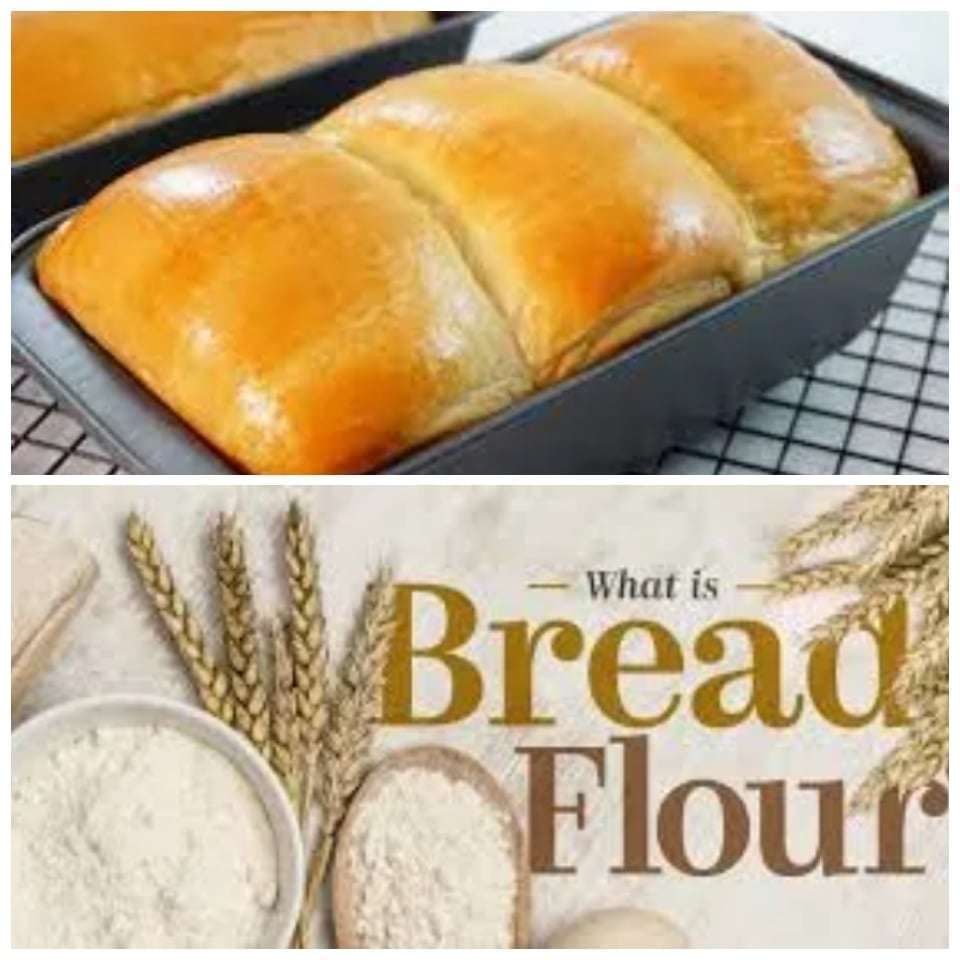Thankfully, bread can still be a go-to household staple, and can even help many people reach their dietary nutrient goals. While bread tends to be an essential grocery item for many, thanks to the rise of low-carb diets and carb-phobic dieting schemes, bread has gone from a household staple to a controversial topic of debate. There tends to be quite a bit of confusion around bread; is it actually good for you or not? And will eating it every day affect your health negatively?
According to the Grains Food Foundation, bread can be an excellent source of folate, fiber, iron, B vitamins and much more. However, eating bread alone can have some negative effects to be aware of. And yet, that doesn’t mean bread is something to stay away from; many registered dietitians recommend it as part of a healthy diet.
Bread Nutrition Facts
According to the USDA, one slice (32g) of whole-wheat bread provides:
Calories: 82
Protein: 4 g
Total fat: 1 g
Saturated fat: 0 g
Carbohydrates: 14 g
Fiber: 2 g
Sugar: 1 g
Health Benefits Of Bread
You’ll Increase Your Fiber Intake
Whether it’s white, wheat or even sourdough, all bread contains fiber—an essential nutrient the body needs for better digestion, gut health and even weight management. However, some types of bread, such as 100% whole-wheat and whole-grain bread, contain more fiber than others.
“As dietitians, we often recommend whole-grain bread because it traditionally contains more fiber, which aids in digestion and will help you feel full longer,” says Kristi Ruth, RD, LDN.
A single slice of whole-wheat bread contains 2 grams of dietary fiber, per the USDA. That’s around 7% of your recommended Daily Value, and whole-grain bread will average between 4 and 5 grams a slice (17% DV). So with a whole sandwich (two slices of bread), you can significantly increase your fiber intake with one meal—not to mention all of the fiber-rich foods within your sandwich or in a small salad on the side.
“Forty percent of dietary fiber intake comes from grain foods,” says Elana Natker, M.S., RD, from the Grains Food Foundation. “Cutting out grains [like bread] would take out fiber that people are needing and getting from grains.”
Sure, it is possible to get sufficient fiber from other foods like vegetables and fruit. However, cutting out bread entirely from the diet limits an easy source of fiber, which 95% of Americans aren’t getting enough of, per a 2017 publication in the American Journal of Lifestyle Medicine.
You’ll Get a Variety of Other Nutrients
All bread—yes, including white bread—contains nutrients that can enhance one’s diet. Along with having a high amount of iron, fiber and B vitamins, bread also includes a surprisingly high amount of protein, calcium, thiamine, manganese and zinc. White bread is also considered a significant source of folate (31% DV), which is essential during pregnancy, when it’s recommended to get at least 400 micrograms a day.
“[Child-bearing] women restricting carbohydrates are 30% more likely to have babies with neural tube defects because they aren’t getting enough folic aid,” says Natker.
High-Fiber Bread May Cause Discomfort For Some
While it is essential to get a sufficient amount of fiber from dietary sources, not everyone can handle the allotted 25 to 38 grams every day recommended by the 2020-2025 Dietary Guidelines for Americans. Some doctors even recommend going on a low FODMAP diet for digestion issues— such as IBS—which suggests a very low intake of fiber-rich foods in order to identify food triggers for patients.
However, even without a diagnosis, eating many high-fiber foods (especially if you aren’t used to eating them) can cause uncomfortable bloating, gas and cramping. If this is the case, it’s important to ease into eating more high-fiber foods, and in this case, eating white or sourdough bread with less dietary fiber may be a good place to start.
Your Blood Sugar Might Spike
While eating bread every day can help you reach those nutrient goals for the day, it is still a carbohydrate-containing food that can cause a spike in blood sugar, according to Harvard T.H. Chan School of Public Health. When a carbohydrate food is consumed, the digestive system breaks down that food into sugar, which then enters the bloodstream. As blood sugar levels rise, the body will release insulin for the cells to absorb blood sugar for energy or storage.
The glycemic index, which rates foods based on how slowly or quickly the body will digest them and how they’ll affect blood sugar levels, can be a helpful way to plan meals for steady blood sugar. The less fiber content a particular bread has, the higher its glycemic index. However, to reduce the likelihood of spikes from those higher-GI ones, like white bread, you can eat them with a healthy fat or lean protein in order to slow down digestion and steady blood sugar levels, which is especially important for those diagnosed with diabetes.
You Might Feel Sluggish
While bread can provide your body with quick energy from carbohydrates, without a healthy fat, a protein source or a high-fiber one for more prolonged satiety and lasting energy, you will feel the inevitable crash soon after, leaving you feeling sluggish.
“Our bodies need energy every day, so we should be fueling it to meet the demand,” says Ruth. “While energy can come from a variety of foods, I think most consumers opt to eat bread every day because it’s an easy, convenient and relatively inexpensive food to serve and there’s so much you can make with it.”
Again, the key is to eat high-fiber bread and pair it with foods that will slow down digestion and give you long-lasting energy; even spreading peanut butter on toast will benefit blood sugar levels while providing you with an affordable source of protein and healthy fats.
“Filling up on bread alone is not ideal; it’s best to eat a variety of foods,” Ruth says. “Get creative with what you make with bread and how you serve it. For instance, if you are used to having a few pieces of toast as your only breakfast, try having just one or two slices and topping it with smashed avocado and a sliced hard-boiled egg.”
Researchers Figured Out Why Some Folks Feel Worse After Eating Fiber—Here’s Why That’s Important
The Bottom Line
Even though low-carb diets are popular in our culture, that doesn’t mean bread is bad for you. Eating bread every day easily provides your body with essential nutrients while still tasting good, and can be an easy vehicle for other healthy foods like healthy fats (such as peanut butter or smashed avocado) and protein (lean turkey, eggs and more).
“I don’t like to see any food as being ‘good’ or ‘bad,’ says Ruth. “Rather, consumers should understand why they are buying the bread … as well as learn to read Nutrition Facts labels so you can pick the product that is best for you.”
If increasing fiber intake is your motivation, Natker says aiming to make “half your grains whole” is a great place to start if you’re not in the habit of reaching for whole-grain products. And soon, you may find yourself experimenting with different grain options to get a variety of nutrients into your meals.
By Kiersten Hickman



